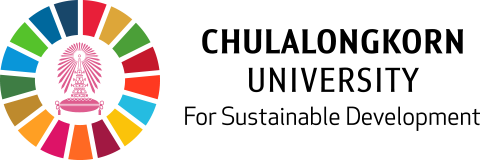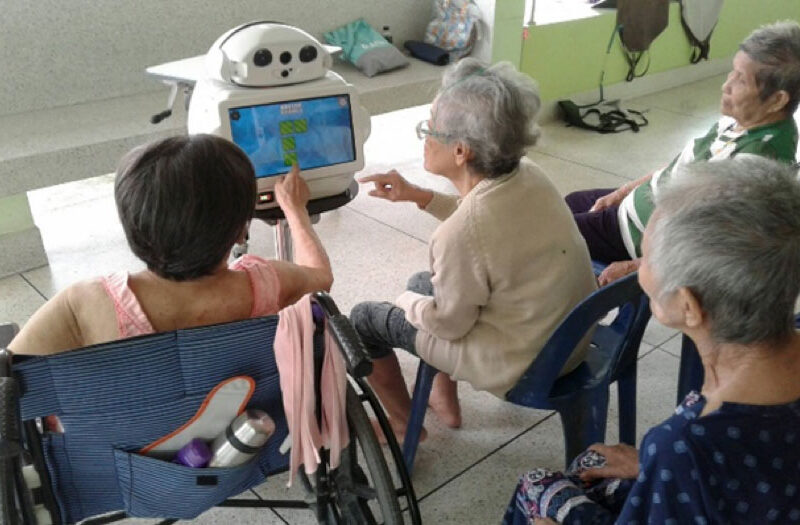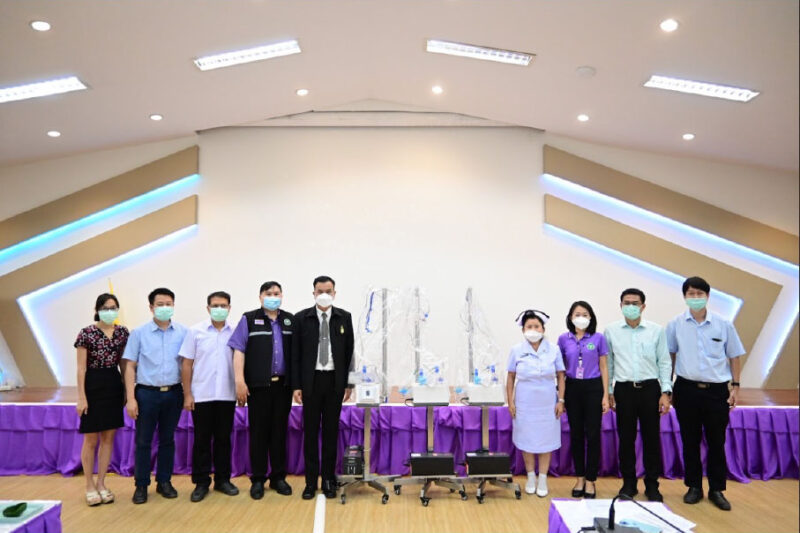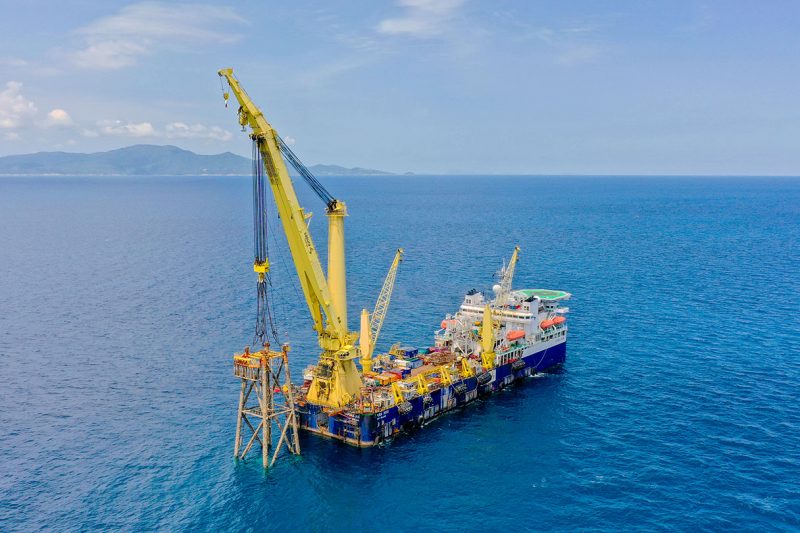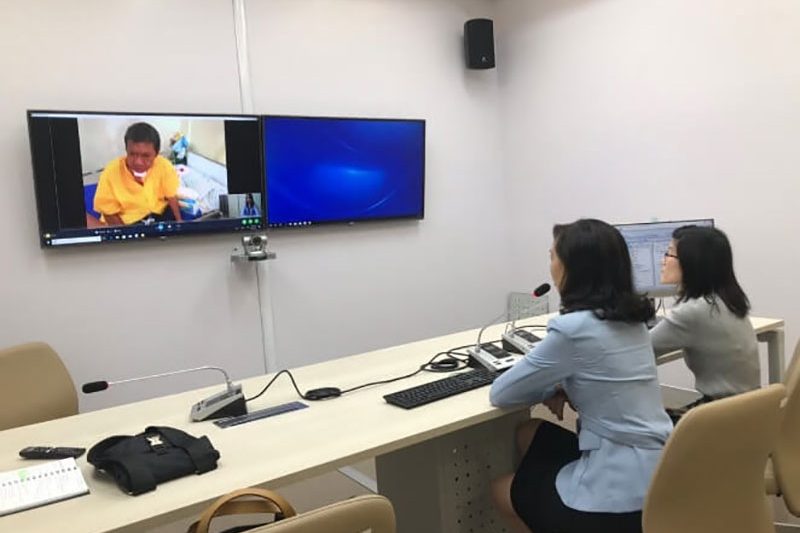Creative tourism is an industry with high potential which can generate income and improve the quality of life nation-wide with sustainability.
Developing creative tourism is a priority in Thai government’s policies. The Ministry of Tourism and Sports creates a leading plan of information and communication technology for 2015-2019, which focuses on enhancing the competence of competitive service businesses with potential to be creative businesses by supporting research and development to encourage innovation for businesses. The plan also promotes the use of new knowledge and technology in developing goods and services along with supporting investment in potential service businesses.
Chulalongkorn University’s Research Project on Development of Creative Tourism is an integrated and interdisciplinary research mission combining knowledge and expertise from science, social and humanity sciences. Supported by the Academic Development Plan Program, this project has been an implementation of Chulalongkorn University’s policies to play an important role in Thailand’s sustainable development.
Researchers in this research project consist of 90 experts and graduate students from 11 faculties/institutes in Chulalongkorn University and several associate foreign researchers. The project comprises of two main areas which are “Development of Creative Tourism: Nan Province” and “Development of Creative Tourism for Multicultural Social: the Andaman Region”.
The Nan branch works on the possibilities of developing routes and products based on nature, health, culture, agriculture, logistics, public relations, geography, and tourism management.
The Andaman branch has focused its research on culture and history of Chao Lay (sea nomads), displaced Thais in Myanmar, ethnic groups in Myeik (port town in Myanmar), logistics for tourism in the Thai-Myanmar Andaman region, and communication between communities and tourists.
The outcomes of the whole project will appear as:
- (1) suggested tourist routes with respect to nature, culture, health, environment and local living quality and local wisdom;
- (2) improved communication and understanding between local and external stakeholders on creative tourism; and
- (3) high-quality training program in creative tourism.
For more information, please visit: https://cucreativetourismias.wordpress.com
Related news article:
Others
